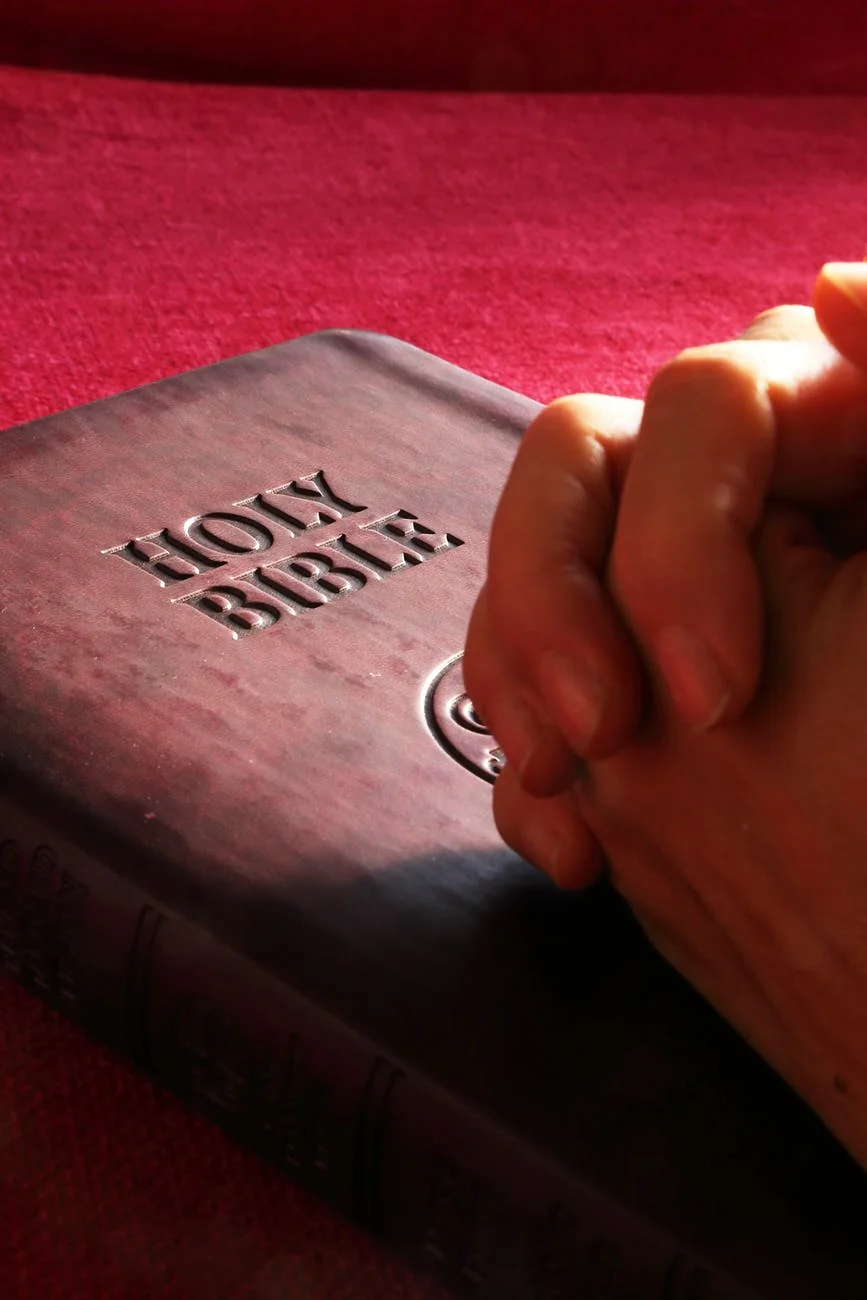The religious identity of Armenia is a cornerstone of its long history and cultural heritage, often prompting the question: Is Armenia a Christian Nation? The answer is a resounding yes, with a distinction that holds a unique place in world history.
When did Armenia officially become Christian?
Armenia holds the profound historical distinction of being the first country in the world to adopt Christianity as its official state religion. This monumental event took place in the year 301 AD. The conversion was spearheaded by Saint Gregory the Illuminator (Grigor Lusavorich), who successfully converted King Tiridates III (Trdat III). The king then proclaimed Christianity as the religion of the state, making Armenia the first officially Christian kingdom, several decades before the Roman Empire formally tolerated or adopted the faith. This early adoption has indelibly shaped Armenian culture, identity, and history.
Are all Armenians Christian?
While Christianity is deeply ingrained in Armenian national identity and the overwhelming majority (typically cited as over 90-95%) of the population in the Republic of Armenia identifies as Christian, it’s important to note that not every individual of Armenian ethnicity worldwide is a practicing Christian. The modern Republic of Armenia is a secular state that guarantees freedom of religion. However, the cultural and historical impact of Christianity on what it means to be Armenian is undeniable for most.
Are Armenians Christian or Muslim?
Armenians are predominantly Christian. This distinguishes Armenia from some of its neighboring countries in the region which have majority Muslim populations. The historical narrative of Armenia is intrinsically linked with its early adoption and steadfast adherence to Christianity, often in the face of immense pressures and conflicts.
What type of Christian are most Armenians? Are they Orthodox?
The vast majority of Christian Armenians belong to the Armenian Apostolic Church (formally, the Armenian Apostolic Holy Church – Հայ Առաքելական Սուրբ Եկեղեցի). This is one of the most ancient Christian communities globally.
The Armenian Apostolic Church is an Oriental Orthodox church. This means it is part of a communion of churches (which also includes the Coptic, Syriac, Ethiopian, Eritrean, and Malankara Syrian Orthodox Churches) that did not accept the Christological definitions of the Council of Chalcedon in 451 AD. This theological divergence led to its distinct path from both the Eastern (Byzantine/Greek/Russian) Orthodox Church and the Roman Catholic Church. It is an autocephalous (self-governing) church with the Catholicos of All Armenians, based in Etchmiadzin, as its spiritual head.
While “Orthodox” is in its description, it’s important to specify “Oriental Orthodox” to distinguish it from the larger Eastern Orthodox communion. A smaller number of Armenians belong to the Armenian Catholic Church (in communion with Rome) and various Protestant denominations.
What are some core Armenian Christian beliefs?
Armenian Apostolic Christian beliefs are founded on the Holy Scriptures (the Bible) and the sacred traditions of the Church, including the teachings of the early Church Fathers and the first three Ecumenical Councils (Nicaea, Constantinople, Ephesus). Key tenets include:
- Belief in the Holy Trinity: One God existing in three persons – Father, Son (Jesus Christ), and Holy Spirit.
- The Divinity of Jesus Christ: Affirming Jesus Christ as the Son of God, fully divine and fully human (Mia physism – “One Nature” of Christ, which is a hallmark of Oriental Orthodox Christology).
- The importance of Sacraments (Mysteries): Such as Baptism, Chrismation, Eucharist (Holy Communion), Confession, Matrimony, Holy Orders, and Anointing of the Sick.
- Veneration of Saints, especially the Virgin Mary (Asdvadzadzin - Mother of God), St. Gregory the Illuminator, and the Apostles Thaddeus and Bartholomew, who are considered the first evangelizers of Armenia.
- The Armenian Apostolic Church has its own unique and ancient liturgy (Soorp Badarak), liturgical calendar, hymns (sharagans), and rich spiritual heritage.
What was religion like in pre-Christian Armenia?
Before the official adoption of Christianity in 301 AD, ancient Armenians practiced a form of polytheism. This pagan faith evolved over centuries and was influenced by various regional beliefs, including Urartian, Mesopotamian, Iranian (Zoroastrianism), and Hellenistic traditions. The Armenian pantheon included a chief god, Aramazd (often equated with Zeus/Jupiter or Ahura Mazda), a mother goddess Anahit (associated with Artemis/Diana or the Iranian Anahita), the god of thunder and war Vahagn (comparable to Hercules/Indra), and the goddess of love and beauty Astghik (similar to Aphrodite/Venus), among others. Temples, such as the one at Garni (which was later rebuilt in the Roman style), were dedicated to these deities, and various rituals and festivals were part of pre-Christian Armenian religious life. The conversion to Christianity led to the gradual decline and eventual disappearance of these pagan practices, though some elements may have subtly influenced folk traditions.
